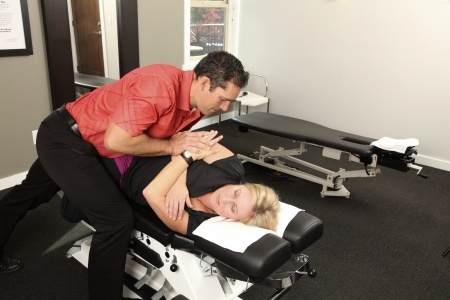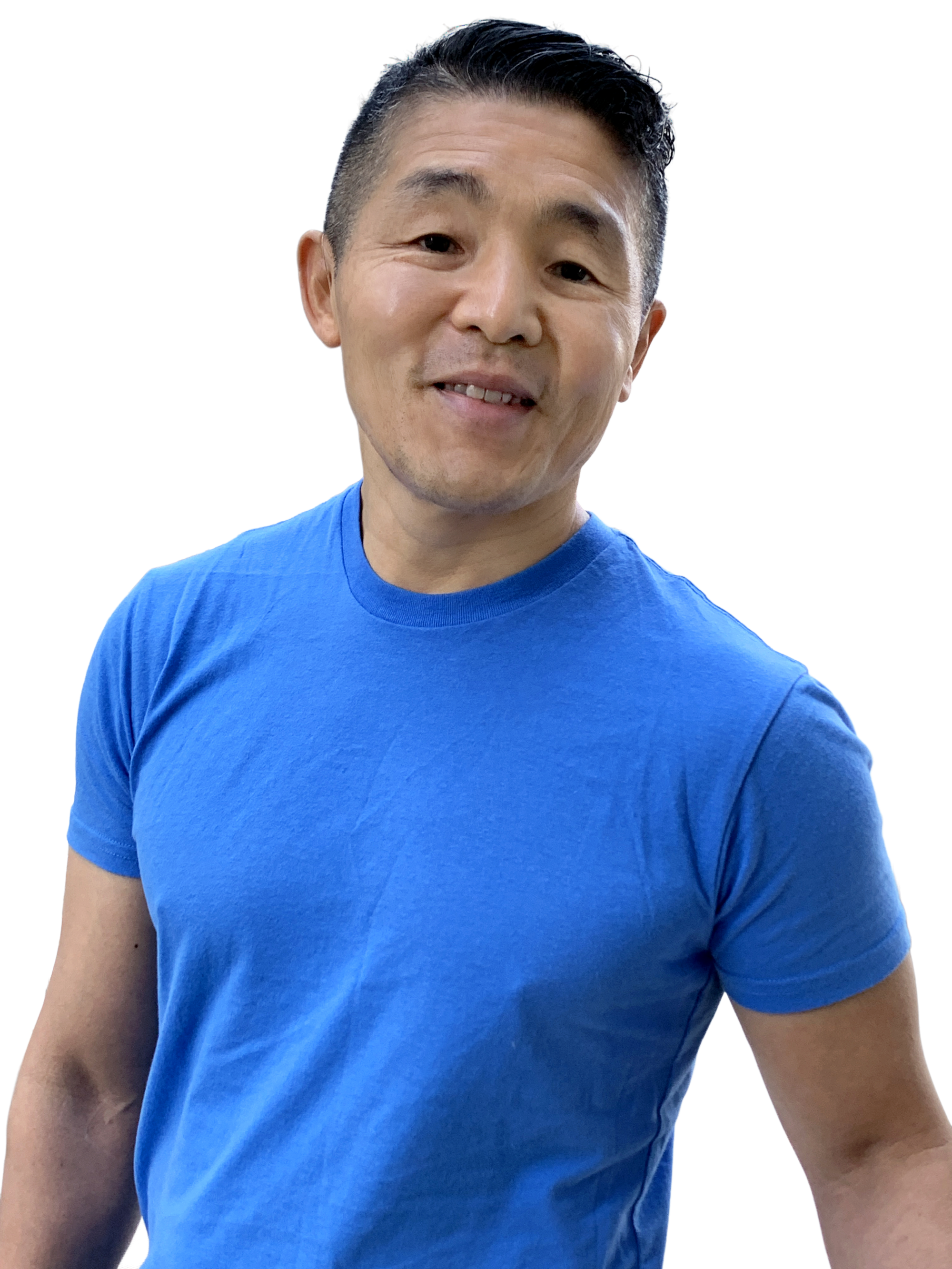Chiropractic Spinal Manipulation vs Nerve Injections Root Injections

Considering chiropractic spinal manipulation for your disc herniation, or curious about the effectiveness of nerve injections for lumbar disc herniation? Before heading down the path of lower back surgery, exploring alternatives like nerve root injections or chiropractic adjustments could be beneficial.
In a detailed article on Bodi Empowerment, we explore the pros and cons of chiropractic adjustments versus nerve injections, aiming to provide you with the information needed to make an informed choice.
Chiropractic Adjustments: A Closer Look
Chiropractic adjustments involve a chiropractor positioning you on your side to perform what’s commonly known as “back cracking.” However, to accurately describe this procedure, the term “adjustment” is preferred. This technique is designed to alleviate spinal pressure and enhance spinal health.
Understanding Nerve Root Injections
Nerve root injections combine an anti-inflammatory steroid and lidocaine, a local anaesthetic used in dental procedures, into one syringe. This treatment serves two purposes: diagnosing the source of pain and providing relief. Lidocaine numbs the area for immediate pain relief, while the steroid tackles inflammation around the disc.
Nerve Root Injections Vs Chiropractic Spinal Manipulation
If you’re familiar with Guide to Lower Back Surgery, you might know that conservative treatments like chiropractic adjustments, laser therapy, rehabilitation exercises, and acupuncture are often recommended first. Nerve root injections present another alternative for addressing lumbar disc herniation.
Interesting research compared chiropractic spinal manipulation with nerve root injections in treating lumbar disc herniations[1]. This study involved 102 participants with MRI-confirmed lumbar disc herniations, divided into two groups: one receiving chiropractic adjustments, the other nerve root injections. The results provide valuable insights into the comparative effectiveness of these treatments.

Effectiveness of Chiropractic Spinal Manipulation Vs. Injections
Study Findings:
A study comparing back pain treatments found that 76.5% of patients receiving chiropractic spinal manipulation reported improvements, versus 62.7% for those undergoing nerve root injections. A month post-treatment, the chiropractic group saw a 60% reduction in pain, surpassing the injection group’s 53% decrease, the latter initially facing more severe symptoms.
Side Effects:
Side effects were somewhat more common among the injection group, with three individuals feeling worse post-treatment, compared to just one in the chiropractic group. The research utilized a specific chiropractic technique, pull or push adjustment, known to potentially aggravate disc herniations, although only one patient experienced worsening conditions.
Preferred Techniques and Approaches:
The author promotes the “lumbar roll” as a superior chiropractic technique for disc herniations and recommends integrating acupuncture or other methods in the initial treatments to lower the risk of aggravating the lower back. This tailored strategy highlights the need for a diverse approach to meet individual patient needs, acknowledging that no single treatment fits all.
Safety and Methodology Critique:
The discussion also emphasizes the relative safety of chiropractic treatment for lumbar disc herniations, with serious complications being rare and usually confined to severely damaged discs[2]. Additionally, the critique on research methodologies, which often compare treatments in isolation, points out the intricacies of chiropractic care and advocates for a comprehensive approach to patient treatment and healing.
Cost-Effectiveness of Treatment Options
Financial Perspective on Treatments:
Chiropractic spinal manipulation is generally less expensive than nerve root injections, offering better value from a financial standpoint. However, if your insurance covers both treatments, the cost may not significantly influence your choice. Personally, the preference leans towards avoiding chemical interventions in favour of more natural treatment methods.
Treatment Frequency and Cost Efficiency:
On average, patients underwent 11 chiropractic sessions over a month, which proved more cost-effective than receiving nerve root injections. Those with severe lumbar disc herniation may require additional treatments—more chiropractic sessions or a second injection, depending on the chosen method. The decision should ideally be based on treatment effectiveness and personal comfort with the procedure, rather than financial constraints alone.
Research and Long-Term Effects:
Studies comparing different injection types have observed long-term outcomes, such as patients treated with betamethasone and bupivacaine being less likely to opt for surgery at a 16-month follow-up compared to those receiving bupivacaine alone, where only 33% avoided surgery. This data suggests the importance of considering both immediate and longer-term effects when choosing a treatment path.
Longer-Term Follow-up
Research using other injections has shown people treated with betamethasone and bupivacaine elected not to have surgery at a 16-month follow-up whereas only 33% of those injected with bupivacaine alone avoided surgery.[4,5]
Keep in mind that both treatments were found to be effective at treating lumbar disc herniations. Essentially either treatment will do. I would always pick the chiropractic spinal manipulation, but I’m a little biased towards the natural ways.
How about you?
Tell us what you think in the comments below and like us on Facebook. This Toronto Downtown Chiropractor will answer all questions in the comments section.
- Peterson CK, Leeman S, Lechmann M, et al., Spinal Manipulation vs. Nerve Root Injection for MRI-Confirmed Lumbar Disc Herniation: Prospective Cohort, Journal of Manipulative & Physiological Therapeutics 2013; 36(4): 218-225.
- Oiphant D. Safety of spinal manipulation in the treatment of lumbar disc herniations: a systematic review and risk assessment. J Manipulative Physiol Ther 2004; 27:197-210.
- Leininger B, Bronfort G, Evans R, Reiter T. Spinal manipulation or mobilization for radiculopathy: a systematic review. Phys Med Rehabil Clin N Am 2011; 22:105-25.
- Riew KD, Yin Y, Gilula L, et al. The effect of nerve-root injections on the need for operative treatment of lumbar radicular pain. A prospective, randomized, controlled, double-blind study. J Bone Joint Surg Am. Nov 2000;82-A(11):1589-93. [Medline].
- Riew KD, Park JB, Cho YS, et al. Nerve root blocks in the treatment of lumbar radicular pain. A minimum five-year follow-up. J Bone Joint Surg Am. Aug 2006;88(8):1722 [Medline].




